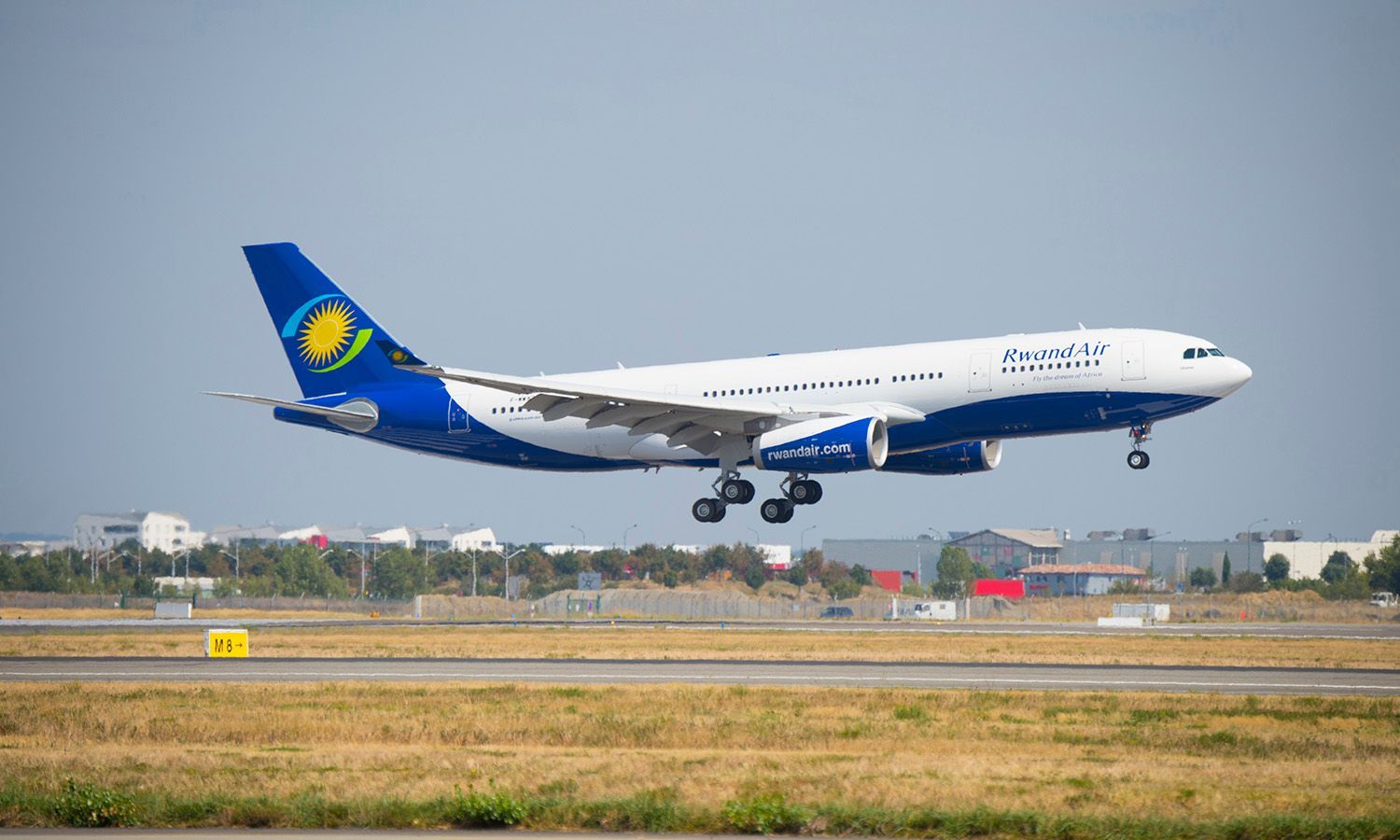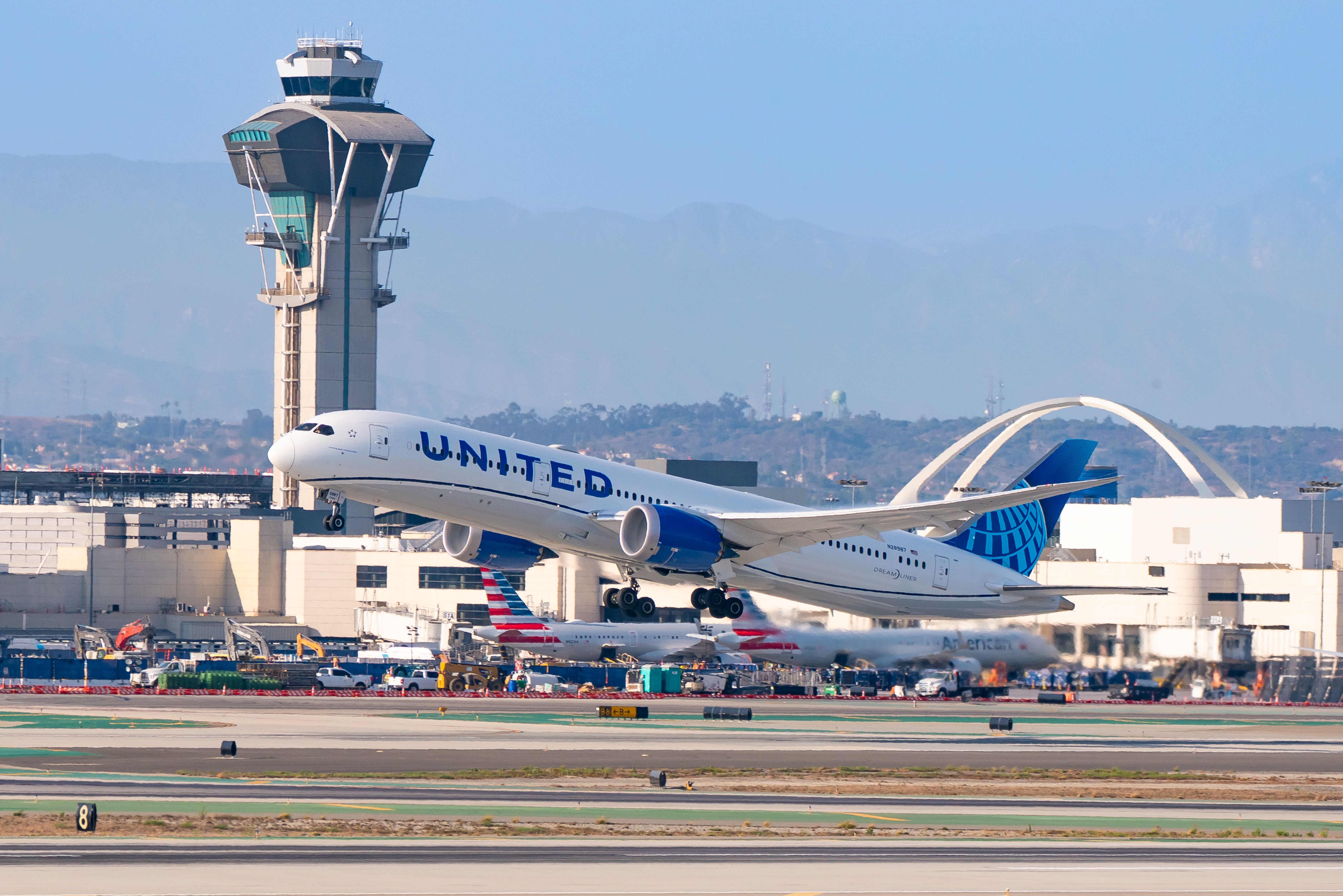Yesterday, the United States Department of Transportation's (USDOT) Federal Aviation Administration (FAA) announced the approval of an International Aviation Safety Assessment (IASA) Category 1 rating for the Republic of Rwanda.
Get the latest aviation news straight to your inbox: Sign up for our newsletters today.
Rwanda enters Category 1 safety rating
Yesterday's announcement proves that the Republic of Rwanda complies with the standards the International Civil Aviation Organization (ICAO) set forth. To achieve the ratings through the FAA IASA program, countries must adhere to international safety standards and practices established by ICAO, a technical agency for aviation created by the United Nations.
After thoroughly reviewing the Republic of Rwanda’s progress in improving its safety oversight process, the FAA determined that the requirements for Category 1 status had been met. Category 1 approval means airlines from the Republic of Rwanda can now serve the United States and enter into codeshare agreements with American carriers.
What are Categories 1 and 2?
Though aviation has numerous governing authorities in different countries, some rules and standards are followed worldwide. These bodies have established programs to ensure that airlines meet standards to keep employees and passengers safe. The International Aviation Safety Assessment Program, created by the FAA in 1992, categorizes countries into two categories, Category 1 or Category 2.
The decision to create the IASA program came after the catastrophic crash of Avianca flight 52 in 1990 when multiple passengers lost their lives in the Long Island crash. Two years following the incident, IASA’s two-category program was created. IASA was designed to regulate safety standards for countries whose airlines may fly to the United States.
Category 1 is reserved for countries whose commercial aviation standards align with ICAO safety standards. There are various standards for different aspects that a country must meet to achieve the higher-tiered status, including operating regulations, training, and technical capabilities.
The FAA notes that a country's commercial aviation standards determine the qualification for Category 1 status and nothing relating to one airline.
“An IASA does not evaluate the safety compliance of any particular air carrier, nor does it address security, airports, or air traffic management.”
Once a country reaches Category 1 status, it may not keep it forever. If a country does not continue to meet the required standards, category one status can be revoked and downgraded to Category 2. Two examples of this are Mexico and Malaysia. Being downgraded does not mean that all services between a particular country and the United States will be interrupted. Dropping to Category 2 means that before establishing new routes, a country must again qualify for Category 1.
Mexico was downgraded from Category 1 in May 2021. Following a recent meeting between American and Mexican officials, it was decided that Mexico would not finalize its action plan to return to Category 1 until 2023. In January, the head of the FAA and a team will travel to Mexico to present the conclusions of the corrective action plan and set a date for the final audit.



